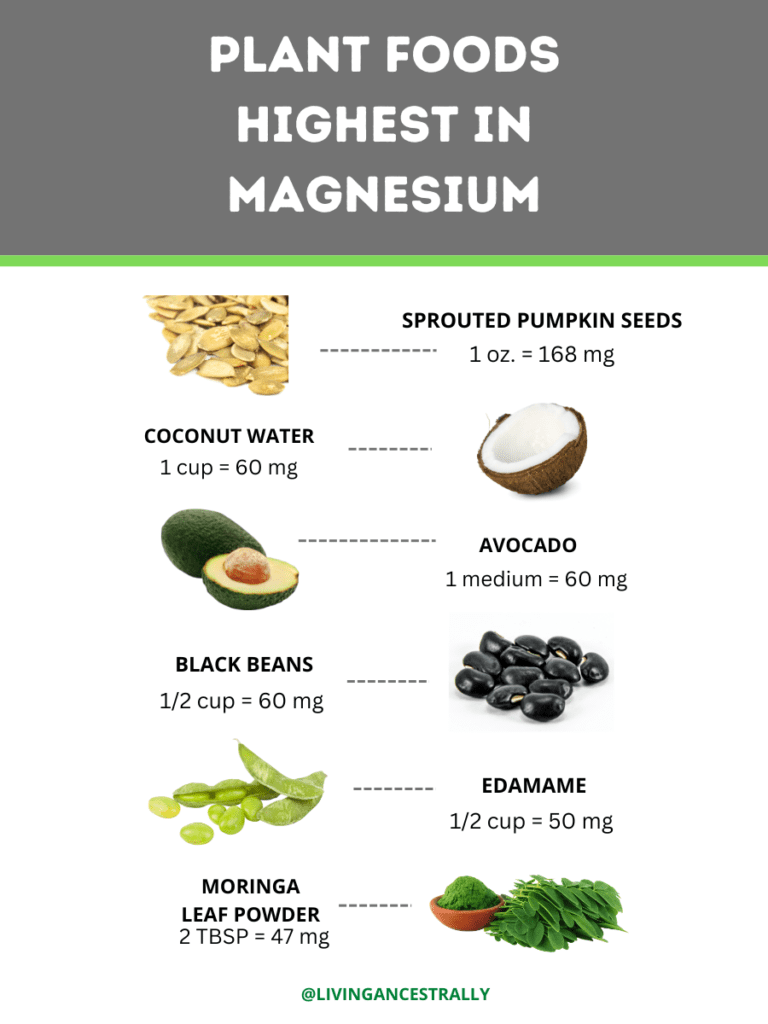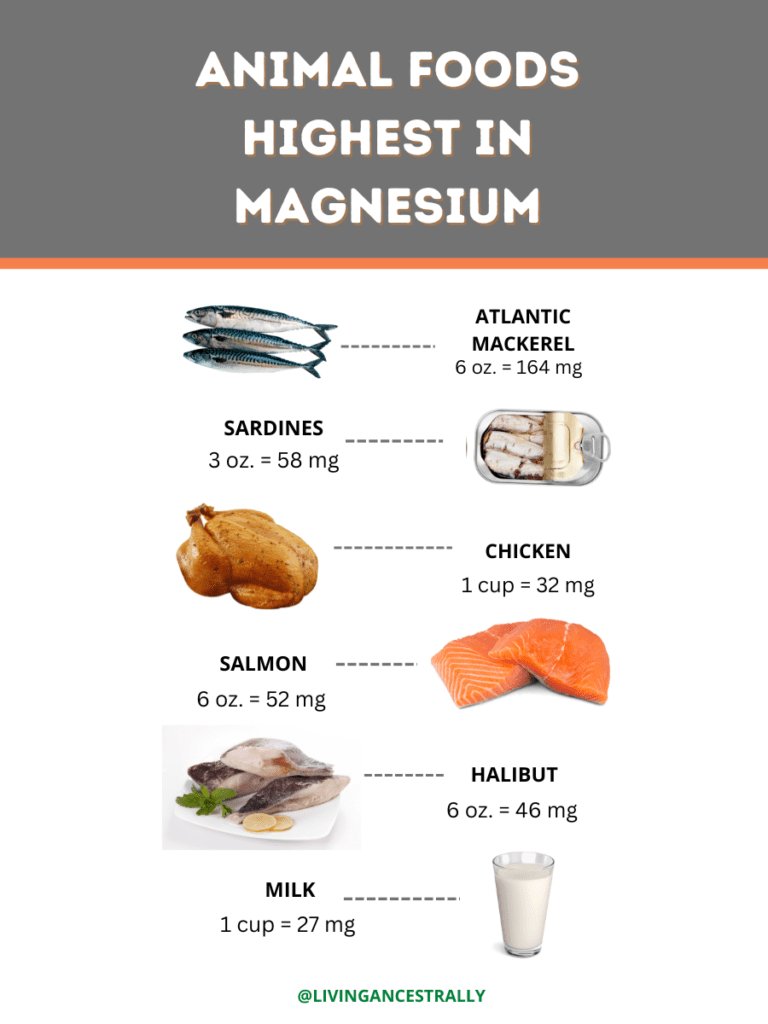Does Magnesium Increase Energy?
Magnesium is touted as being a cure-all for many ailments, including for chronic fatigue. There’s a good reason for it. It is responsible for 1000s of reactions in the human body. Yes, you read that right. It is involved in 1000s of reactions, not just the 300 reactions that you hear published everywhere. Energy synthesis or more simply put, energy creation, is one of the most important processes that it partakes in. Boosting energy naturally using magnesium is something worth pursuing if you have chronic fatigue. Coffee and other stimulates only temporarily relieve fatigue. They don’t provide your body with the nutrients that it desperately needs in order to boost energy in the long term.
A lack of energy within the cells in the body is considered by many experts to be the #1 reason cause of all “disease” processes.
Without energy, our cells cannot keep us healthy. If you struggle with fatigue or any sort of health condition then magnesium is one of the first things that you want to consider incorporating into your daily health regimen.

What’s the Quickest Way to Boost Energy?
The quickest way to boost energy naturally is to incorporate an easily absorbable form of magnesium into your daily health regimen (if you are deficient in magnesium) and/or eat a diet that’s high in magnesium. Since magnesium is involved in numerous processes in the human body, it should be one of the nutrients that you focus on boosting first.
Magnesium will help your body use other nutrients more effectively and efficiently.
It may sound paradoxical since it helps to increase energy, but magnesium can also help us sleep at night.
Basically, magnesium is an essential mineral that has a wide variety of purposes within the human body. When our magnesium levels are optimal, this essential mineral can go to work for us in meeting many of our daily needs, whether it be increasing our energy, helping us sleep, or improving our digestion.
What Form of Magnesium is Best?
Magnesium is a mineral that is found in at least 11 different forms. Some of the forms are better than others and it can be confusing to know which one to choose.
When trying to boost your magnesium levels quickly, the most practical method would be to choose a form of magnesium that is easily and quickly absorbed by your body (AKA bioavailable). It is also more economical to focus on that. Who wants to waste money on a magnesium supplement that your body won’t even absorb?!
Oral Forms of Magnesium
Magnesium glycinate, magnesium malate, and magnesium taurate are three oral forms of magnesium that are well tolerated and well absorbed by the majority of people.
Magnesium taurate has recently been shown in a study to benefit those with cardiovascular issues. Magnesium glycinate contains the amino acid glycine that is beneficial for those with insomnia, while magnesium malate is beneficial for those with chronic pain like fibromyalgia or chronic fatigue. All three forms are all bioavailable and great options. Choose one that best suits your needs. OR just focus on eating plenty of magnesium-rich foods.
Transdermal Forms of Magnesium
Another potential great option to boost magnesium in your body is transdermal magnesium. “Transdermal” means that the magnesium is absorbed through your skin. It will skip your digestive system and go directly into your bloodstream within minutes. It is highly absorbable and easy to use on a daily basis!
Two forms of transdermal magnesium include magnesium chloride and magnesium sulfate.
Magnesium chloride is usually in an oil or lotion form, while Epsom salt is a form of magnesium sulfate.
Epsom salt usually has more of a detoxifying effect than magnesium oil/lotion. Epsom salt OR magnesium oil may be mixed into full body baths or foot baths.
For a quick and easy magnesium boost, I like to rub some magnesium lotion onto my feet every day. Check out the recipe below!
If I am out of my magnesium lotion then I’ll just spray some magnesium oil onto my feet. I also enjoy occasional Epsom foot soaks at night as well.
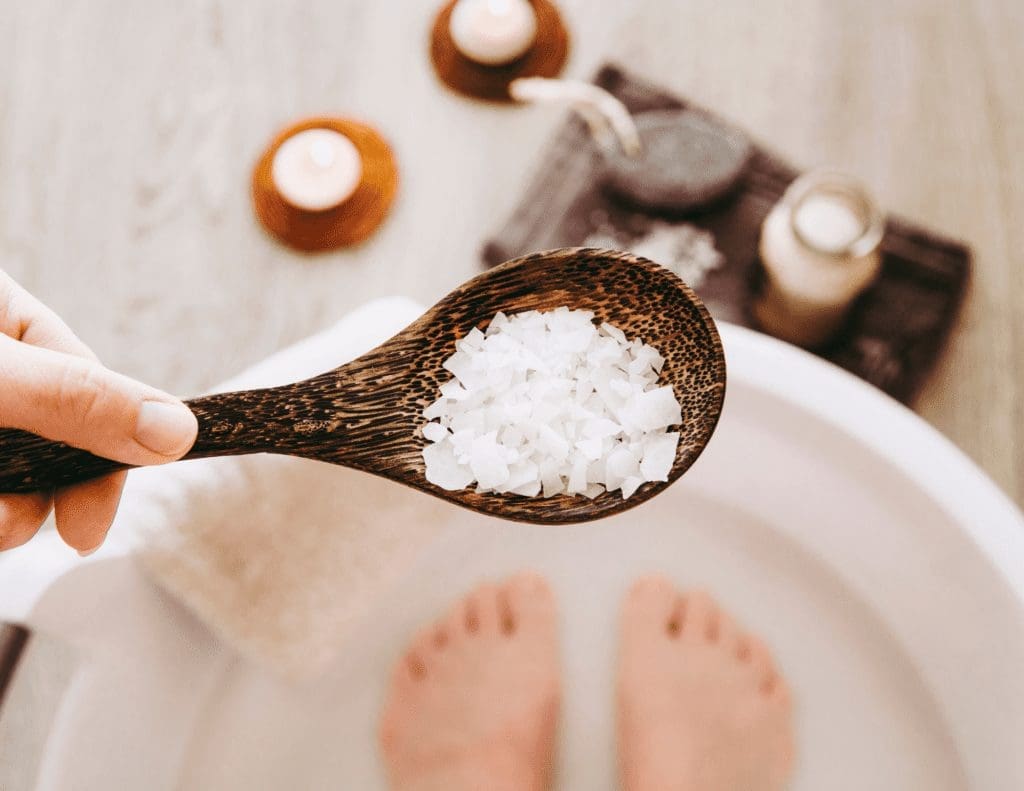

Is Transdermal Magnesium Safe for Everyone?
The majority of people do not have issues with transdermal magnesium unless they are highly sensitive to changes to their health routine because of some sort of disease process.
With anything new that you add to your health protocol, start low and go slow.
Notice how your body reacts to the transdermal magnesium. You may see benefits right away or it could take several weeks.
Some people DO experience negative reactions when first starting transdermal magnesium. This may be due to a detoxification effect. If this happens to you then keep an eye on it and notice if any negative symptoms go away after a few days. If they do not and the symptom(s) is unbearable then you may want to consider taking a break until that negative detox reaction subsides. After that, you may want to try again using a lower dose.
An overdose of transdermal magnesium is not possible since the body will use the amount of magnesium that it needs. Digestive issues are also a common complaint of several forms of oral magnesium. However, those issues are also not a problem with transdermal magnesium.
As always, before adding anything to your health protocol, I encourage that consult your healthcare practitioner if you have a health condition, are sensitive to changes, or are taking any medication. If you have kidney disease or a cardiovascular condition then you will for sure want to discuss w any magnesium supplement.
What Foods are High in Magnesium?
Plant foods that are high in magnesium include nuts, seeds, beans, green leafy vegetables, and avocados. Some other foods that are high in magnesium include almonds, cashews, pumpkin seeds, and cacao. A few animal foods that are higher in magnesium include Atlantic mackerel, halibut, salmon, chicken breast, and egg shells. Eating a variety of magnesium-rich foods each day will help ensure that you are getting enough through the foods that you eat.
Nuts and seeds (especially pumpkins seeds, almonds, and cashews) contain higher amounts of magnesium compared to other foods, however, they also contain plant compounds that cause inflammation in some people’s bodies and/or contain compounds that affect the absorption of the nutrients that they contain.
One of these negative plant compounds is called phytic acid. This compound interferes with the body being able to absorb the magnesium in those foods. Phytic acid also prevents the absorption of other minerals like iron, copper, and zinc.
The animal foods in the graphic below do not contain any of the harmful plant compounds and can be eaten without any special preparation.
Increase the Nutrients in Food by Properly Preparing Plant Foods
So, what’s the solution if we want to eat foods high in magnesium that are also high in phytic acid?
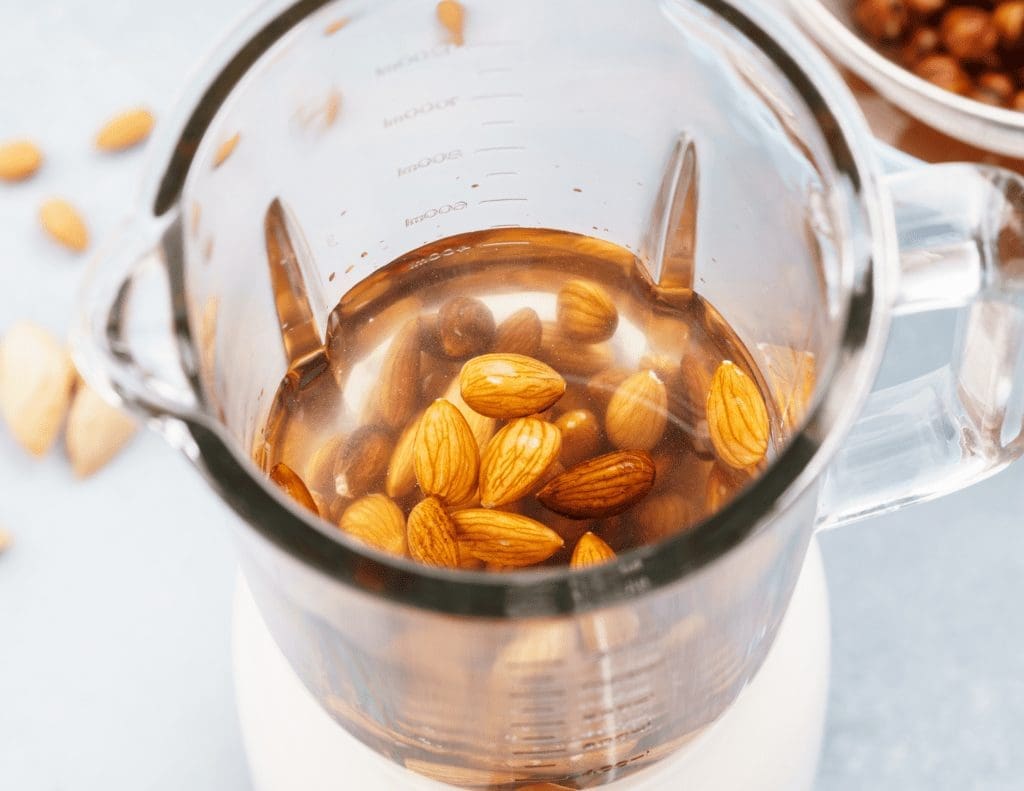

The answer is simple but takes some getting used to. Preparing our plant foods like ancestral cultures did is KEY if we want to eat certain plant foods. In our modern times, we have forgotten the wise and time-honored methods that ancestral people used when they ate plant foods.
How did they prepare their plant foods before they ate them? Well, they soaked, sprouted, and/or fermented their plant foods in order to remove the plant defense chemicals. Even just soaking your plant foods (like nuts, seeds, legumes, and grains) overnight for 8-12 hours will reduce the phytic acid that is naturally found in these foods. After soaking them your body will be able to better absorb the nutrients in those foods.
Magnesium in Our Water
Magnesium should also naturally be in the water that we drink, however, it is found in low amounts in drinking water nowadays. We’ll post a recipe soon on how to make magnesium-rich water.
Alternatively, you can also add mineral drops to your water or drink mineral-rich water. It is wise to avoid sparkling water like Perrier because the calcium to magnesium ratio in their water is about 49:1 which is WAY too much calcium compared to magnesium. Those with cardiovascular issues will especially want to avoid it. There are other clean water brands like Noah’s Spring Water that has a much healthier and more favorable calcium to magnesium ratio of 3:1.
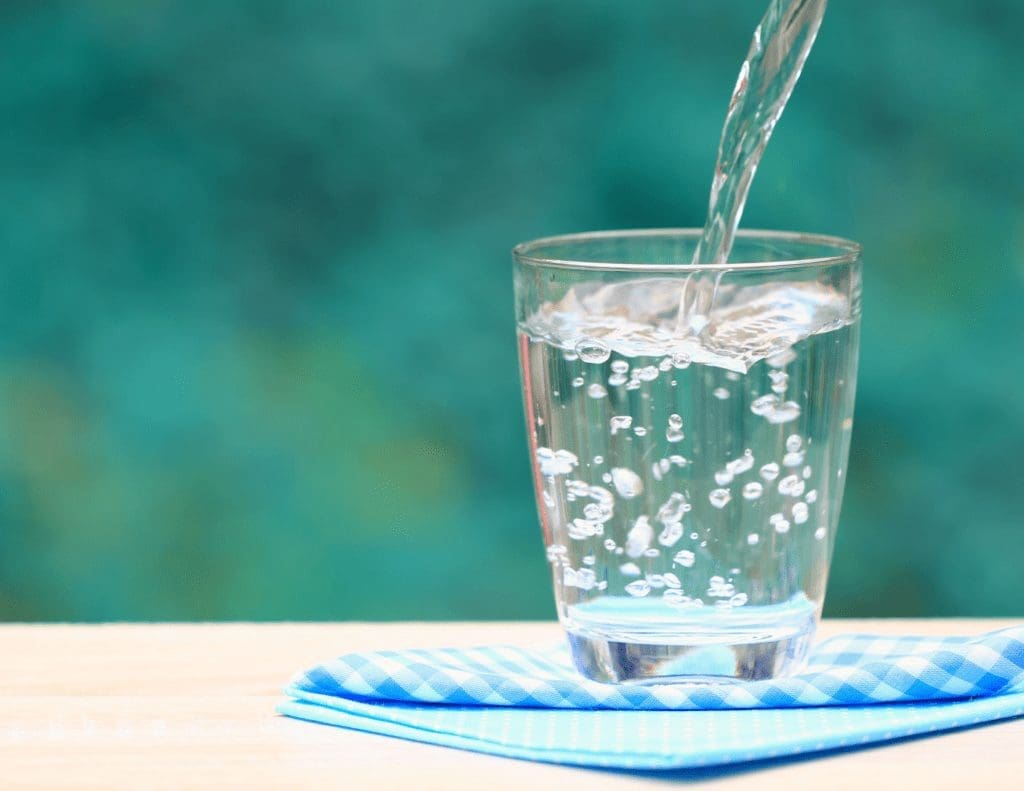

As a whole foods advocate, I wholly recommend consuming foods that are high in magnesium. However, that can be problematic in these modern times. Just one generation ago there used to be much higher levels of magnesium in the water and soil. As a result, our food sources and drinking water have FAR less magnesium and other minerals nowadays. The levels of minerals like magnesium have steadily decreased in the soil over time.
Why is There Less Magnesium In Our Soil and Water Nowadays?
Modern farming practices such as using artificial pesticides, herbicides, and fertilizers, have depleted our soil of the ultra-important mineral known as magnesium. Magnesium is one of “the big four” minerals that are vital for optimal soil health. The other three minerals are boron, calcium, and phosphorus.
These important minerals have been stripped from our soil which affects our water and food supply. There are some regenerative farmers who focus on amending their soil before planting or feeding their cattle. As of now though, the vast majority of farmers do not follow proper soil amendment practices.
So, if we don’t have our own farm or garden and amend our own soil, then how can we guarantee how much magnesium we are actually consuming on a daily basis? Unfortunately, we can’t. We can still ensure that we are eating foods high in magnesium and hope for the best while also incorporating transdermal magnesium into our daily regimen.
Another option is to find a local farmer who practices organic and regenerative farming methods. Ask them how they amend their soil to ensure that they have proper minerals within their soil. If they do things right then support them and purchase any food you need from them.
Does Magnesium have Cofactors?
Magnesium does have cofactors that are necessary in order for it to do its job properly.
The cofactors of magnesium can be referred to as the three “B’s” to easily remember them:
- B6 (Vitamin)
- Boron
- Bicarbonate
Vitamin B6 ushers magnesium into the cell. Boron keeps magnesium in the cell. Bicarbonate gets magnesium INSIDE the mitochondria (the energy powerhouses of the cells).
As you can see, ensuring that you are properly utilizing the magnesium that you are taking or consuming by also ensuring that you are getting magnesium’s three cofactors is extremely important.
We want to get magnesium into our cells, keep it there, and then get it into our mitochondria so that magnesium will create and thereby boost energy naturally. When our cells have enough energy, they can help us to lower the inflammation in our bodies and fight off illnesses.
Foods that contain vitamin B6 include beef liver, beef, eggs, salmon, sweet potatoes, and avocados. Foods high in the mineral boron include avocado, green leafy vegetables, tubers, and nuts. Bicarbonate can be added to your diet by adding ¼ teaspoon of sodium bicarbonate to a full glass of water. My preferred method of consuming bicarbonate is by making magnesium bicarbonate (AKA “magnesium water”). I’ll share the full recipe with a video soon!
Learn more about magnesium from one of my favorite mineral health experts, Morley Robbins! He has spent years researching minerals and is an expert who has helped 1000s of people understand how to rebalance their minerals.
Magnesium Lotion Recipe
Magnesium lotion is an easy and pleasant way to increase your magnesium levels. You are more than welcome to buy magnesium lotion but I love to make it in big batches as I find it to be more enjoyable making it with my own hands and I can also change the essential oils each time. The companies Ancient Minerals, Life-flo, and Earthley make high-quality already-made magnesium lotions that you may want to try. Our favorite option is Earthley due to the ingredients.
For those who want to create their own…READ ON 🙂
You can add whatever essential oils (or none at all) to this recipe! It should only take you 10-15 minutes to make. Feel free to make big batches of your lotion and store it properly so that you always have some on hand.
If you want a more invigorating lotion then you may want to consider adding a rosemary essential oil or peppermint essential oil to your recipe. Whichever essential oil you choose, be sure to pick one that your body can tolerate and that will not interact with any medication you may be taking. We mainly like to rub magnesium lotion on our feet at night before bed, so we usually use a relaxing and sleep-promoting essential oil.
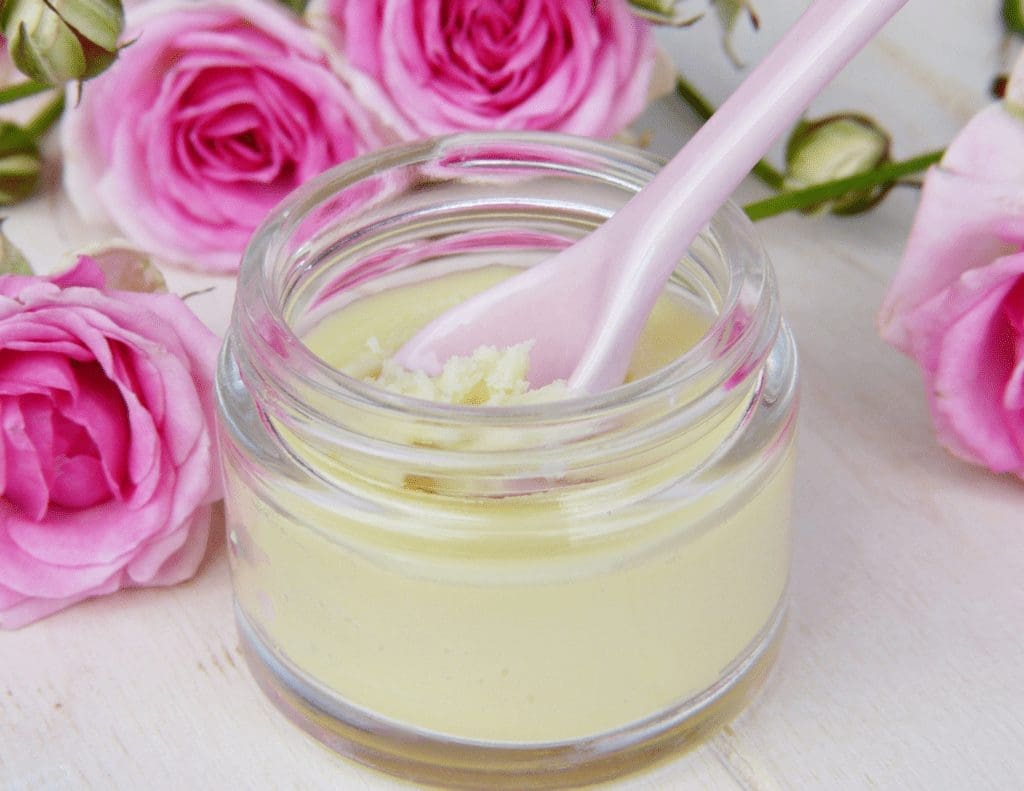

INGREDIENTS:
- 1/3 cup + 1 TBSP Avocado Oil
- 2.5 TBSP Shea Butter
- 1 TBSP Beeswax
- 1/2 cup Magnesium Brine
- 48 drops of an Essential Oil
DIRECTIONS:
- Measure avocado oil, shea butter, and beeswax. Combine all three into a heat safe bowl or pitcher.
- Create a broiler by placing bowl or pitcher into a pan filled with about 2 inches of water.
- Bring water to a gentle simmer.
- As the mixture melts, occasionally stir it.
- After melting the mixture, remove your bowl or pitcher from the heat and pour the oil mixture into your food processor (be sure to not get any water in your processor).
- Turn food processor on LOW and slowly pour magnesium chloride brine as the food processor runs.
- Run food processor for 1-2 minutes. Allow oil mixture and magnesium chloride to blend and thicken.
- Add essential oils, if desired. Combine them by running your food processor for about another minute.
- Voila, you’ve got MAGNESIUM LOTION! Pour into glass jars and cover with a lid.
- Place jars in a cool, dark place to store.
Final Thoughts
Magnesium is an ultra-important mineral that is necessary to balance with other minerals. Magnesium can boost energy and it is the FIRST nutrient that I recommend focusing on before moving on to others. The reason for this is that research has shown that the majority of people are deficient in magnesium thanks to poor diets and overwhelming stress. Stress = a quick loss of magnesium. So, if you are fairly stressed then your magnesium levels will quickly plummet.
It is highly beneficial to eat a WHOLE FOOD diet in which you avoid all or most processed foods, single nutrient supplements, and multivitamins. If you want to boost your magnesium levels (and boost energy), eat plenty of magnesium-rich foods and consider using transdermal magnesium and drinking magnesium water to supplement.
Whenever you’re ready, there are 2 ways I can help you:
- Take a simple test at home to discover if you have mineral imbalances and/or a heavy metal load that are contributing to your health issues.
- Get a detailed food and supplement plan that addresses mineral imbalances.
- Go at your own pace. Slower is actually better.
- These courses include recipes, hands-on activities, as well as activity pages to make learning about health easier and more enjoyable!
Boost Your Family's Health Following Ancestral Methods.
Get ONE actionable tip EVERY week in our newsletter.
Please note that A Hair Mineral Analysis (HTMA) is not intended to diagnose, treat, cure, reverse, or prevent any disease. It is not intended to replace any other medical test(s) that may be prescribed by your medical doctor.

